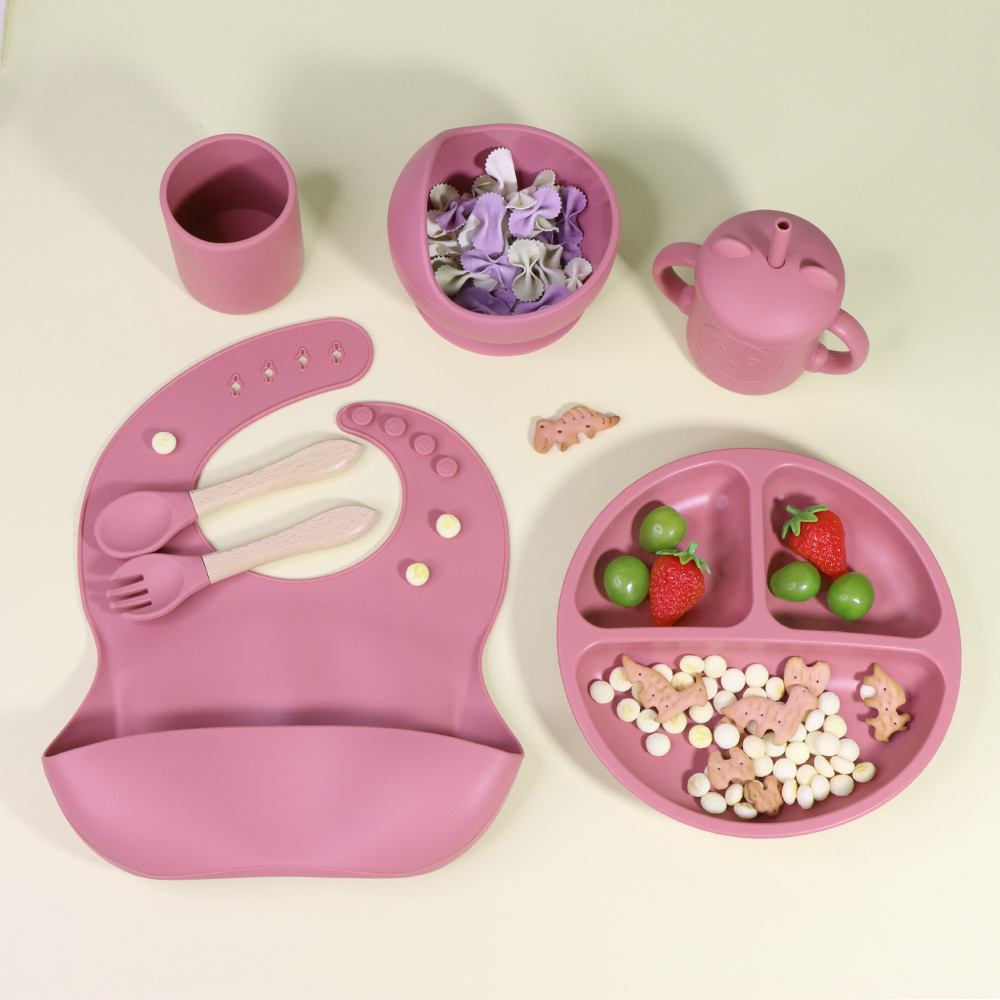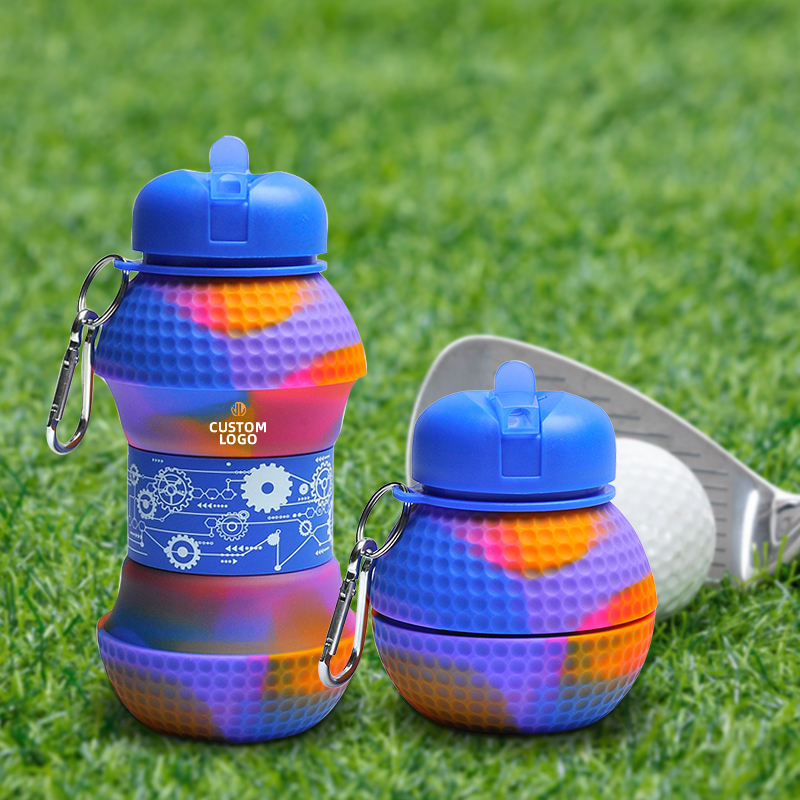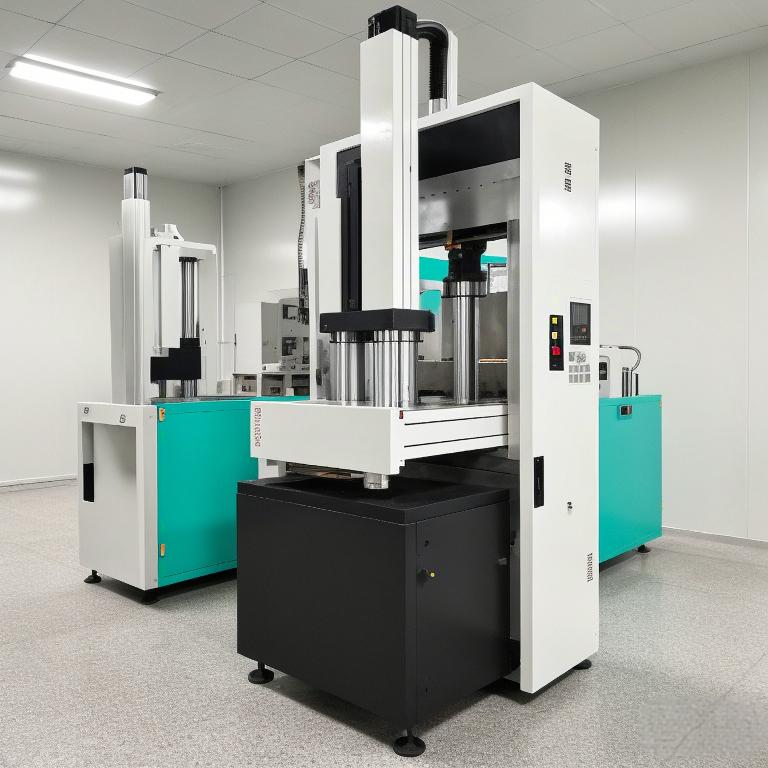目录
当您的宝宝从母乳或配方奶过渡到固体食物时,正确的工具变得至关重要。这时候,定制的喂养包就能发挥重要作用。一般来说,宝宝在六个月左右开始对固体食物感兴趣。在这个阶段,引入喂食包不仅能简化进餐时间,还能支持他们的发育。
使用喂食包的好处
1.安全:这些套件中的产品通常由安全无毒的材料制成,如食品级硅胶、不锈钢或竹子,确保孩子的安全。
2.培养独立性:套装中特别设计的勺子和叉子可以帮助宝宝学习自己喂食,提高自理能力。
3.减少混乱:套件中的吸碗和吸盘可粘附在表面上,最大限度地减少喂食时食物的飞溅和脏乱。
4.易于清洁:许多喂食工具都设计成易于清洁,有些还可以用洗碗机清洗,为忙碌的父母带来更多便利。
5.教育价值:使用不同的喂食工具可以帮助宝宝学习各种进食技能,如拿、舀和咀嚼。
6.多功能性:有些喂食包还包括用于储存和携带食物的容器,适合随时随地使用。
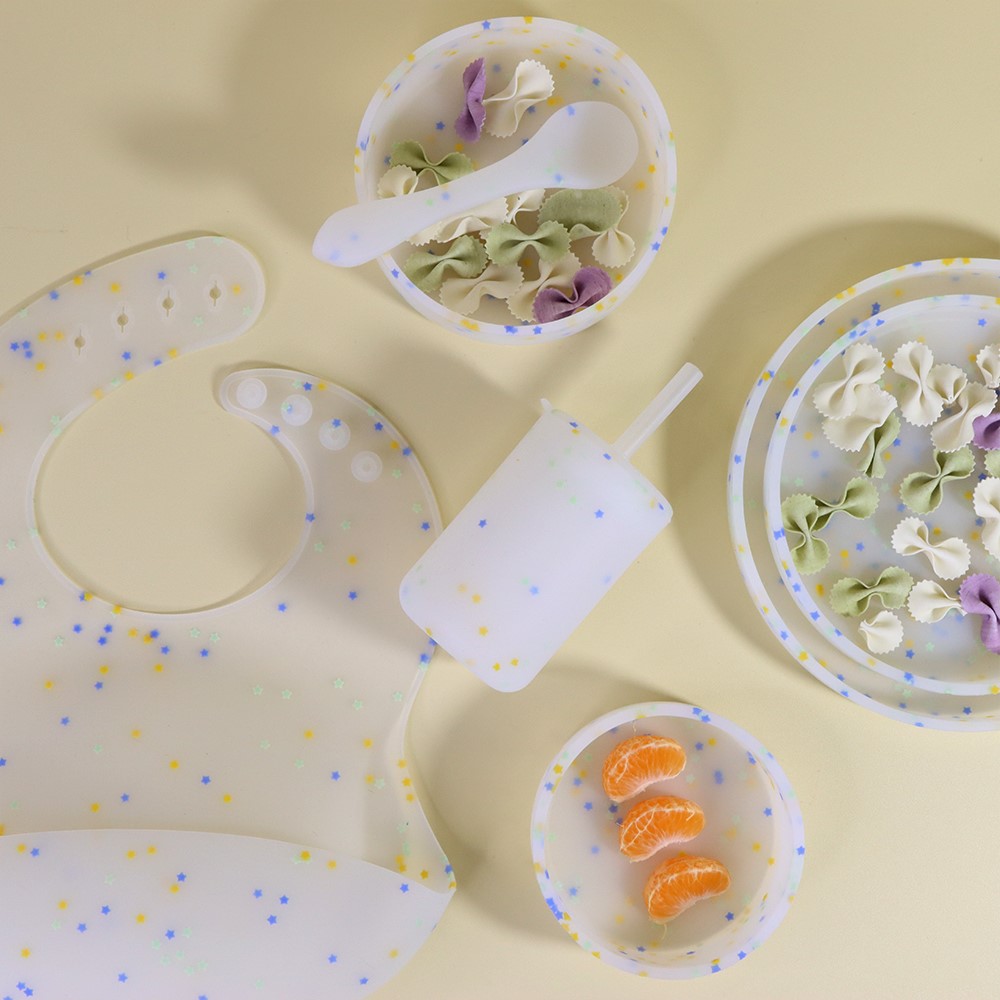

一个婴儿 喂食包 是父母在孩子成长过程中的实用伴侣,不仅能提高喂养效率,还能为宝宝提供愉快的进食体验。
喂食包类型
婴儿喂养包有多种类型,每种类型都旨在支持婴儿喂养过程的不同阶段,让父母的喂养过程更轻松。以下是几种常见的婴儿喂养包:
1.综合喂养套装:这些套装包括一系列物品,如碗、勺子、盘子、杯子,有时甚至还有围嘴,所有这些都是为了满足宝宝的喂养需求而设计的。它们通常采用食品级硅胶等婴儿安全材料制成,易于清洁。
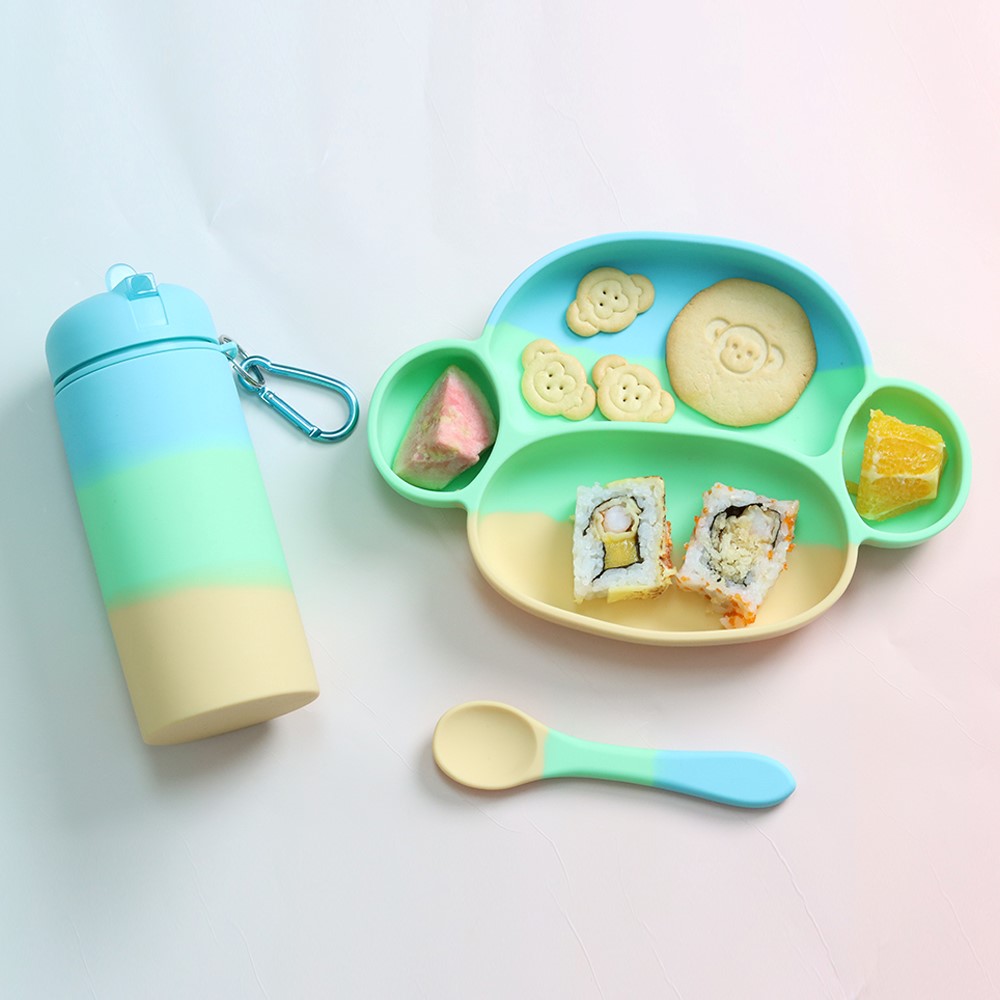

2.新手父母入门套件:这些套件旨在从一开始就为新手父母提供指导,通常包括婴儿食品容器、勺子和测量勺等必需品。它们还可能包括食谱和准备营养餐的指南。
3.训练用具套装:这些套装专为学习自我喂养的宝宝设计,通常包括勺子和叉子,手柄符合人体工学,便于小手抓握。它们还可能由硅胶等柔软材料制成,对宝宝的牙龈温和。
4.吸盘式碗碟:为了尽量减少进餐时的混乱,喂食包可能包括底部带有吸力的碗和盘子,它们可以吸附在表面,防止婴儿轻易移动或翻转。
使用喂食包的提示
- 循序渐进:先从简单的勺子和碗开始,然后再过渡到便当盒等更复杂的物品。
- 密切监控:用餐时,尤其是在引入新的喂食工具时,一定要监督您的孩子。
- 定期清洁:每次使用后清洗工具包,以保持卫生。
- 根据需要进行调整:随着宝宝的成长,可根据他们的发育阶段更换更大或更复杂的套件。
选择我们硅胶工厂为您定制的喂养套装,您就等于投资了一个多功能工具,它将在宝宝喂养过程中的每一步都为您提供支持。
在 JEWELIVES,我们擅长制作满足特定需求的定制喂食包。无论您需要的是个性化设计还是特殊功能,我们的团队都会与您密切合作,为您打造完美的套装。 我们的专长 硅胶,确保每件产品都经久耐用、安全可靠、质量上乘。

